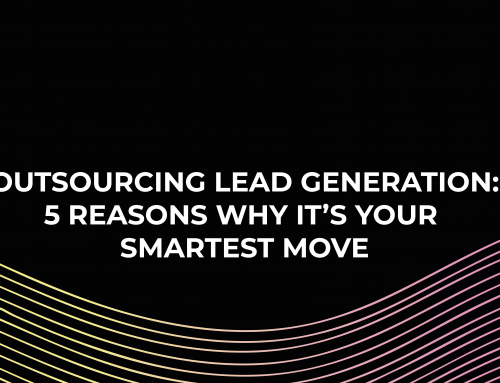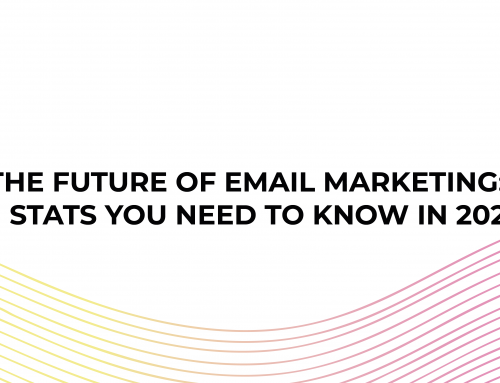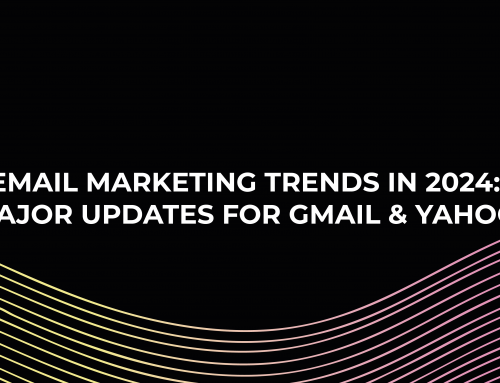Plain text emails are just that – plain text. No images, no enhancements. While they may not be as eye-grabbing as their HTML counterparts, plain text emails play a significant role in a well-rounded email marketing strategy.
The simple nature of plain text emails means they are small, send faster, and are less prone to being sent to the dreaded spam filter. The deliverability is better, and security-conscious users’ acceptance rate can be considerably higher.
While not the most appealing to send, plain text emails remain essential. If you are going to send plain text emails as part of your campaign, you will need to format them correctly.
How to make plain text email formatting look good.
Scannability.
One of the key elements to a great email is scannability – the quality of being easily read and understood by subscribers. If a recipient can easily read and understand the email, your campaign is off to a strong start. Without HTML design elements – such as background colours and images – it is more difficult to ensure your email is actually readable.
Plain text emails must also utilise clear headings, concise copy, ample white space, and formatting with bullet points, dashes, and bold text to emphasize the relevant pieces of information.
Improving the scannability of your emails by utilizing the above methods will significantly enhance your plain text emails and improve your overall email marketing campaign.
Prioritise your messages.
German psychologist Herman Ebbinghaus found that the first and last messages in a series are the ones the readers remember. This is known as the serial position effect.
Based on this scientific research, there are some things we can incorporate into our email marketing campaigns.
- Put your most important message first – When structuring your email, put the most urgent and pressing point in the number one spot of your list – it is more likely to be remembered.
- Use a P.S. line – The same study also showed that recall was high at the end of a series – so placing your second most important piece of information at the end of the email, perhaps in the P.S. line, increases the likelihood of the information being retained.
- Filler in the middle – Your reader might consider the middle body of the copy as secondary information, but you can still draw them in by using bullet points, including numbered lists, and keeping the copy simple.
Consider the copy design.
So far, we have talked about structuring email marketing campaigns for scanners regarding general formatting and information order. Still, there’s also the element of the copy itself (i.e. font choice, spacing, sizing, etc.)
When structuring for scanners, think about how the words themselves help increase readability and comprehension.
- Font choice – When we’re talking about fonts for email campaigns, the critical question to address is, “How easy is this font to read?” Simple, clean fonts like Courier and Verdana are considered more legible, whereas the readers chose Arial and Verdana for general preference
- Word spacing – Breaking information into chunks helps with overall spacing, but you’ll need to look at the spacing between headers, body text, and bullet points as well. Appropriate word and line spacing makes your content easy to read and will keep your subscribers engaged.
- The bold narrative – If you’ve included bolded text or any other font changes for emphasis, such as italics or underlining, make sure the email still makes sense. Before sending, ask yourself, “Will the reader achieve the information goal if they were only to scan through and read the bolded text?”
Final thoughts.
Plain text emails are not going anywhere.
Although every email should be tailored to your own business and brand, the contraction and composition of your communication are critical. Plain text emails are still incredibly effective in driving conversions and growing brand awareness.




